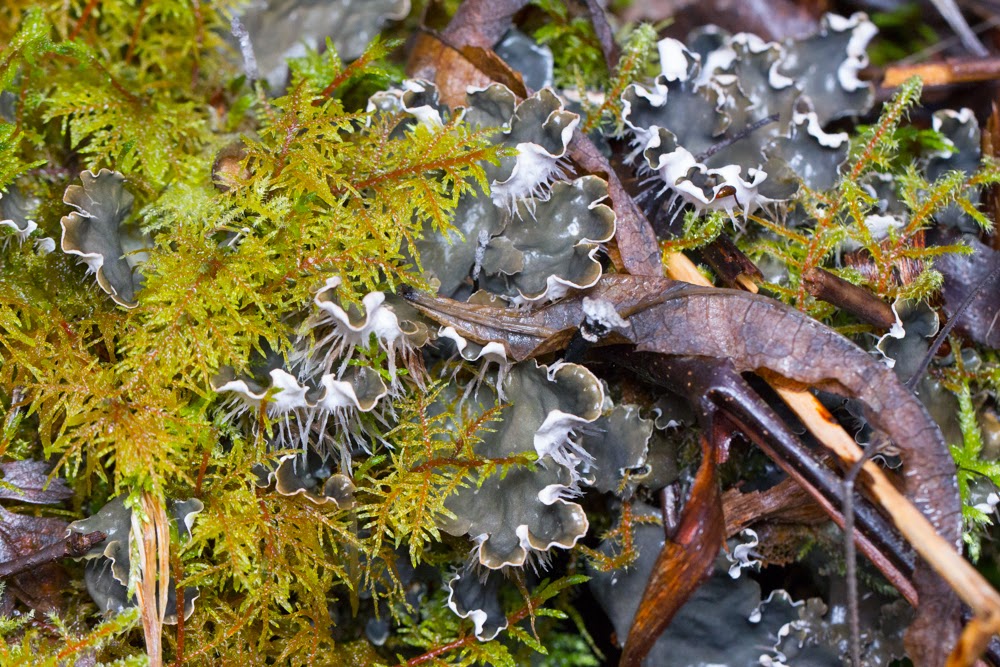Well, knowing a bird is at a location and finding it are two very different things. Especially as the bird reports are vague - "Fleetwood golf course" (which occupies the landward side of the headland) is a big place, and a bird not much larger than a robin can quite easily disappear into the scrub, dunes, long grass, or just be too far away to get noticed - even one as striking-looking as a breeding-plumage wheatear.
Stonechats have the useful habit of perching in the open, making them relatively easy to photograph.
A linnet doing the splits.
A pity this bird was so mangled, or I could have taken some close up shots. I wonder if it died before or after being deposited on the golf course?
My first visit was a dud. No sign of wheatears anywhere. There was a stonechat, linnets, and I got close to the resident female red-breasted merganser on the Marine Lakes. But the most exciting bird was a deceased razorbill on the golf course. I have been trialling my new binoculars recently and they have been a big help in covering the ground, but they were no use in this case. Two days later I returned. I searched more diligently, and walked most of the perimeter of the golf course (unlike some dog walkers, I'm still reluctant to trespass), but nothing. Well, not nothing - lots of skylarks, a few oystercatchers, linnet, and a stonechat again, as well as a goldfinch huddling on the leeward side of the sea wall and a bird that turned out to be a meadow pipit (they often get grounded there on migration). Right at the end of my visit, I saw a couple of pale birds, very distant, feeding in the centre of the course. I fired off a couple of shots, but could only tell when I got home that I had in fact been successful - technically. The bird was so distant it was only just possible to tell - thankfully male wheatears are very distinctive in breeding plumage.
A female linnet huddling on the leeward side of the sea wall.
Recent snowfall meant the Cumbrian mountains shone in the distance.
Each time I see them, I get closer to the stonechats.
A meadow pipit. Hundreds of these are sometimes grounded by bad weather when migrating, but this one was alone (although interacting with the stonechat).
The closest I got to a wheatear - a full-size crop at 1000mm, about as far away as it could have been.
Third time lucky? I went back - happy that I knew at least the birds were there, and at least part of their behaviour. But other things were moving through the area, so I started my day at Fleetwood Ferry (the end of the tram line, at the mouth of the River Wyre), because a stork was flying north and had been sighted nearby. Later an osprey made the same journey - but I saw neither, despite very careful observation of the skies, seas, and mud flats. But way out in the river channel (the tide was low) was a species I've never yet seen, nor photographed - despite being resident round these shores most of the time. I was shooting handheld, manual focus, at 1400-2800mm, but they are unmistakeable - eider. Two males and two females.
The top two shots were taken at 2800mm, the lower two at 1400mm. There's little extra detail gained by adding a third teleconverter, but it can make getting accurate focus easier, as the birds are bigger in the viewfinder.
The view towards Barrow.
Once again I scoured the perimeter of the golf course (moving clockwise from the north this time). I had nearly given up, but at last on the western side, I saw a female wheatear - after I'd photographed a pair of skylarks feeding together on the grass. Then two more wheatears came into view - including the male I wanted - but just then, a local bird watcher pointed out dog walkers coming up behind. I got a few shots, but this perennial bane of my photography scared them off, and I never got close to them again. Still, I was pleased to have found them.
A skylark.
Above: females; below: the fine male.
Below: more shots of a female, which sat on the sea wall briefly, the closest I got. She then moved back onto the golf course, before flying out of sight.
Most of the snow had already melted, but even better visibility allowed fine detail to be discerned on the peaks. Below, the Isle of Man was clear in the west, over 60 miles away.
The female stonechat (I assume the same individual I've seen before here) seemed to be gathering nest material - I hope they breed here.
No fireworks this sunset - just a band of rich peach in the west.

















































